The global pet supplies market is growing rapidly, and dog collars and leads remain two of the most essential products for retailers and pet brands. Whether you run a local pet shop, manage an e-commerce store, or build your own private label collection, choosing the right wholesale dog collars and leads is key to attracting loyal customers and boosting sales.
But with so many suppliers, materials, and product types available, how do you know which options to stock? From nylon and leather collars to retractable and double-handle leads, every choice impacts not only your profit margin but also your customers’ trust in your brand.
In this guide, we’ll walk you through everything retailers and pet brands need to know about wholesale dog collars and leads in 2025, including:
l The most popular types of dog collars and leads to stock
l How to choose the proper sizes and materials for your market
l Key factors to consider when working with wholesale suppliers
l Market trends such as reflective, eco-friendly, and smart collars
By the end, you’ll have a clear road map to building a strong, profitable product lineup that keeps both pets and their owners happy.
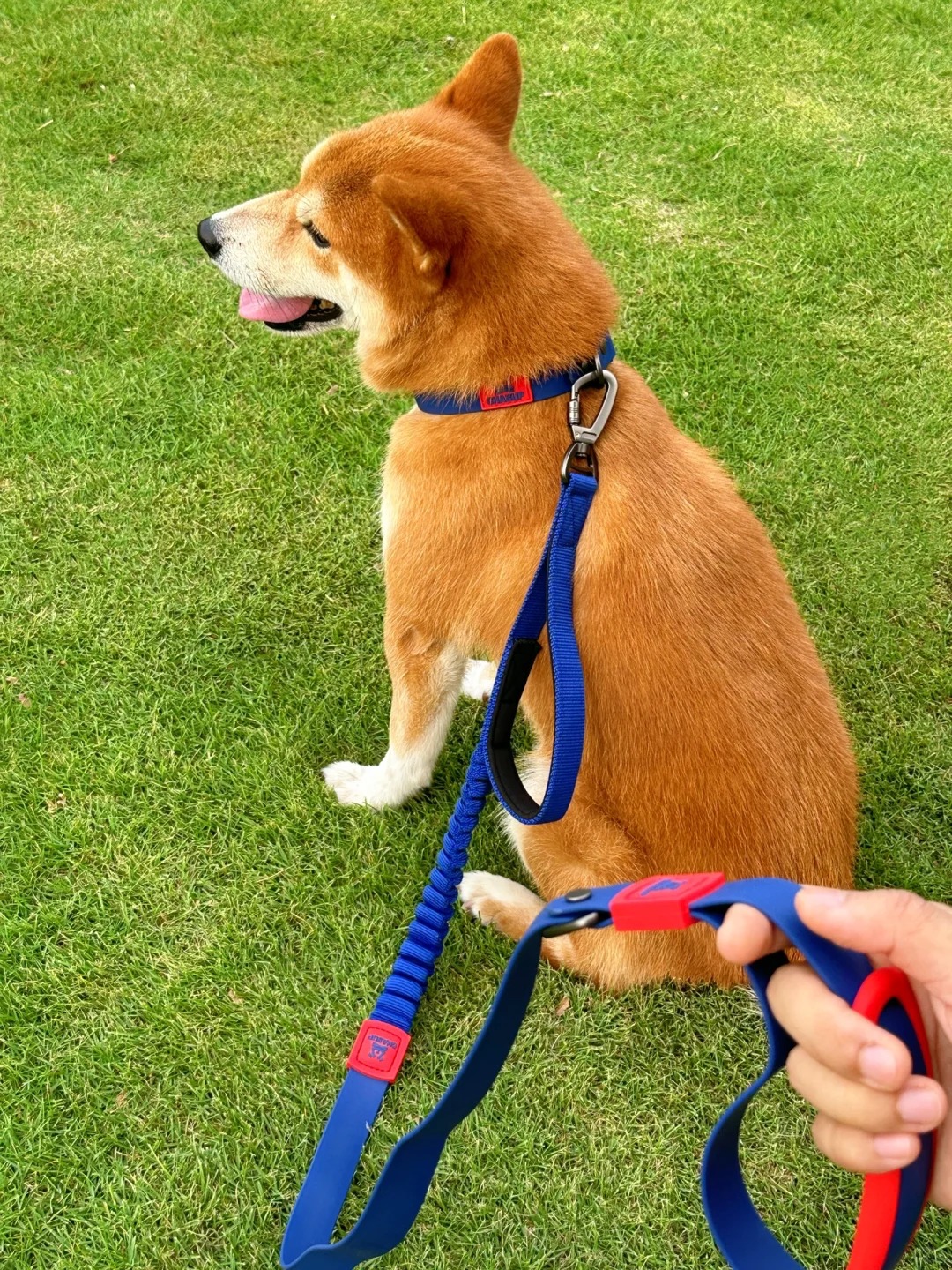
For pet retailers, distributors, and private label brands, dog collars and leads are not just basic accessories — they are essential, high-demand products that directly impact customer satisfaction and brand loyalty.
Safety and Comfort for Pets:
Before going out, pet parents put collars and leashes on their dogs — not because dogs don’t understand, but because safety matters. A well-fitted collar and leash keeps pets within a safe range, prevents them from getting lost or stolen, and protects them when crossing busy roads. At the same time, it also provides reassurance to neighbors or passersby who may not own pets or may even be afraid of dogs.
For retailers and brands, offering safe and comfortable dog collars and leads means helping pet owners create peace of mind during every walk.
Customer Trust and Brand Image
In the pet industry, product quality is directly linked to brand reputation. For retailers and private label brands, every collar or leash you stock reflects your commitment to safety and reliability.
lQuality Defines Trust: A weak buckle or fraying leash can quickly damage a brand’s credibility, while durable, well-designed products reassure customers that they are buying from a trusted source.
lConsistency Matters: Customers expect the same level of quality every time. Reliable collars and leads encourage repeat purchases and positive word-of-mouth.
lReputation as an Advantage: In a crowded market, stocking high-quality dog collars and leads sets your brand apart and strengthens long-term customer loyalty.
Simply put, when you choose better products, you’re also choosing a stronger reputation for your brand.
Sales and Profitability
Dog collars and leads are not just everyday essentials for pet owners — they also represent a high-volume, high-potential category for retailers and private label brands.
lA Growing Market: In China alone, the pet leash market reached 5.614 billion RMB in 2024, with a year-on-year growth of 15.64%. Dog leashes account for more than 90% of this market, showing just how dominant and essential they are. This growing demand translates directly into steady sales opportunities.
lIntense Competition: With leading brands such as Hipidog, Flexi, Hoopet, Ruffwear, BeauGo, Fida, Mookipet, TouchDog, and Truelov competing for market share, the landscape is highly competitive. Retailers must differentiate by offering diverse product lines and reliable quality to retain customers and drive repeat purchases.
lFuture Trends Driving Sales: Wearable technology is beginning to shape the pet leash and collar market. Products with built-in GPS or health monitoring sensors are expected to grow, giving retailers a chance to stand out by stocking innovative, next-generation products.
By curating a product line that balances everyday essentials with trending innovations, retailers can not only secure repeat sales but also strengthen their competitive edge in a crowded market.
Below is a simplified reference chart of common breeds with average neck sizes and recommended wholesale stock sizes. This helps retailers ensure they have the right product mix for different customers.
Dog Breed | Average Neck Size (cm / in) | Recommended Collar Size | Suggested Wholesale Stock Sizes |
Chihuahua | 20–32 cm / 8–13″ | XS | XS–S (light demand) |
Beagle | 41–46 cm / 16–18″ | S | S–M (high demand) |
Border Collie | 41–46 cm / 16–18″ | M | S–M–L (high demand) |
Labrador Retriever | 46–60 cm / 18–24″ | L | M–L–XL (very high demand) |
German Shepherd | 46–60 cm / 18–24″ | L–XL | L–XL (very high demand) |
Golden Retriever | 45–53 cm / 18–21″ | L | M–L (high demand) |
Great Dane | 51–66 cm / 20–26″ | XL | XL–XXL (moderate demand) |
Rottweiler | 61–76 cm / 24–30″ | XL | L–XL–XXL (moderate–high demand) |
Yorkshire Terrier | 25–30 cm / 10–12″ | XS | XS (steady demand) |
Tip for wholesalers:
lAlways keep S–M–L sizes as your core inventory — they cover the majority of popular breeds.
lStock XS for toy breeds and XL/XXL for large breeds in smaller quantities to capture niche demand.
lApply the two-finger rule when advising customers on final fit.
Types of Dog Collars for Wholesale
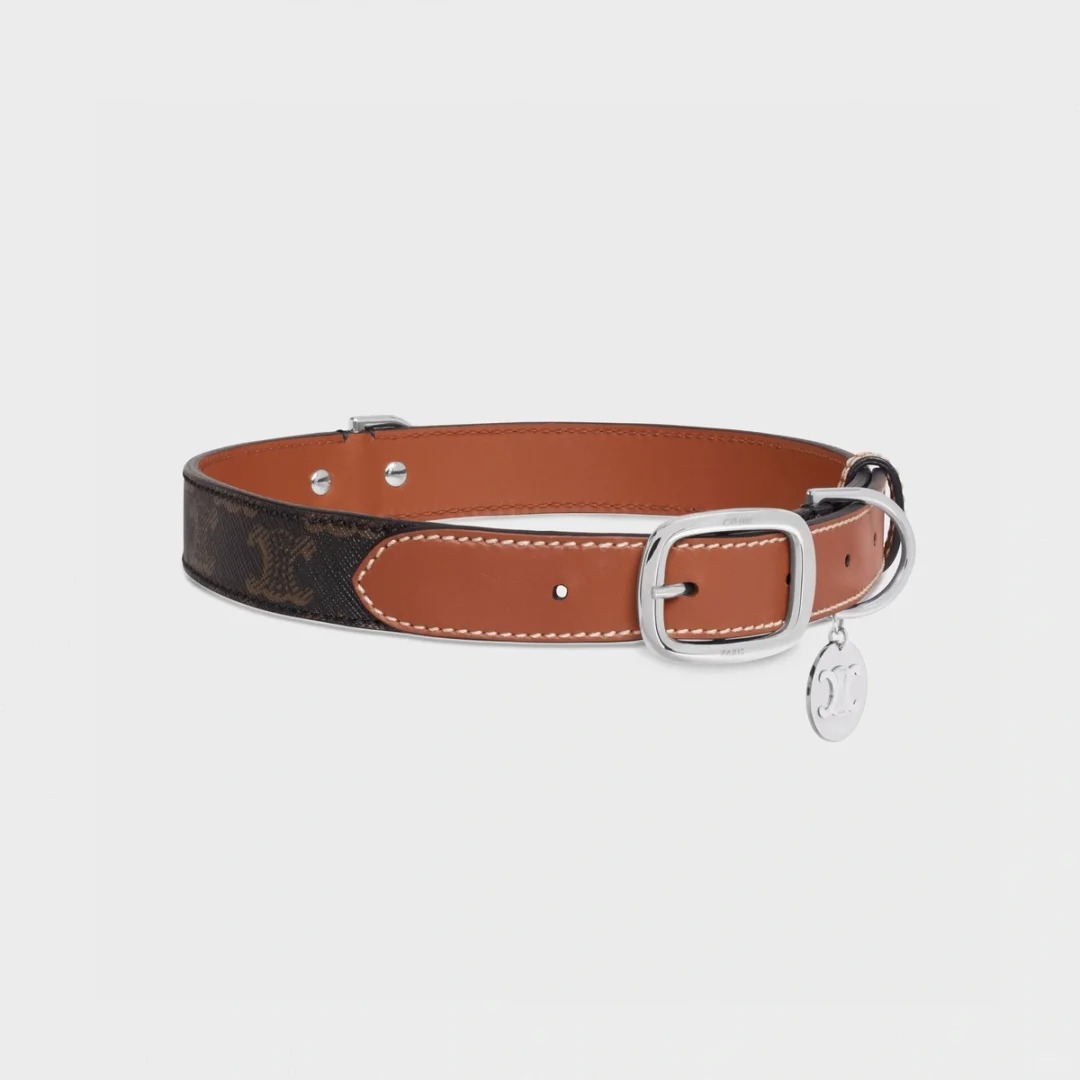
Flat collars are the most common type of dog collar on the market, usually made from nylon or leather. They are simple, affordable, and suitable for most adult dogs that are already trained to walk on a leash.
Advantages:
lEasy to put on and remove, causing little discomfort to dogs.
lAvailable across all price ranges, from budget-friendly to luxury designer styles.
lCan be customized with colors, patterns, or logos, and they are perfect for attaching ID tags — an essential safety feature in case a dog gets lost.
Disadvantages:
lDuring rough play or fights, another dog may accidentally bite the collar, which can cause choking risks if the dog pulls away suddenly.
lFor long-haired or curly-haired breeds, flat collars can snag or mat the fur. In such cases, rolled leather collars may be a better alternative.
lNot recommended for puppies or untrained dogs that pull heavily.
Wholesale tip: Flat collars remain a high-demand, low-cost product line that every retailer should stock. Offering a variety of materials (nylon, leather), buckle types (metal or plastic), and styles ensures you can meet both budget-conscious buyers and premium customers. Always remind end-users to follow the two-finger rule for safe fitting.
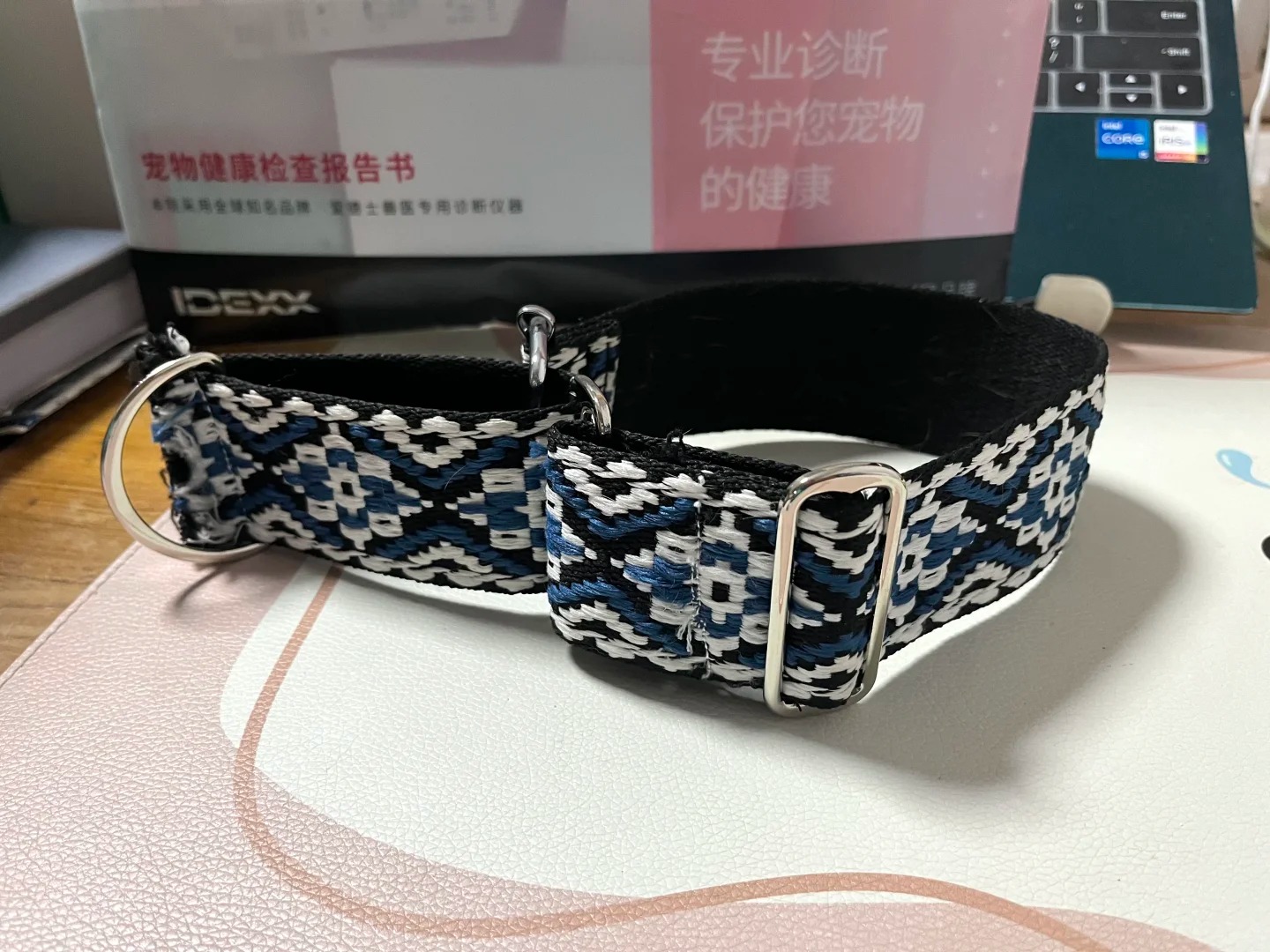
Martingale collars are designed to provide gentle control and prevent dogs from slipping out, making them especially useful for breeds with narrow heads and wider necks such as Greyhounds or Whippets. Unlike standard flat collars, a martingale has two loops: the larger loop goes around the dog’s neck, while the smaller loop tightens slightly when the dog pulls. This creates a snug but safe fit that reduces the risk of escape without causing choking.
Advantages:
lPrevents dogs from slipping out of collars, especially helpful for escape-prone breed
lProvides better control during walks and basic training without the harsh pressure of choke chains.
lRemains comfortably loose as long as the dog is not pulling, ensuring everyday comfort.
Disadvantages / Cautions:
lShould be fitted correctly; if adjusted too tight, it may cause discomfort.
lNot recommended for unsupervised use, as the tightening action could pose risks if the collar gets caught.
lSlightly more complex design compared to flat collars, which may confuse first-time dog owners.
Wholesale tip: Martingale collars are popular among trainers and owners of active or escape-prone dogs. Retailers should stock a variety of sizes and materials (nylon, leather, or padded designs) to meet customer demand. They can be marketed as a “safe training collar” alternative to choke chains, appealing to pet owners who value humane control.
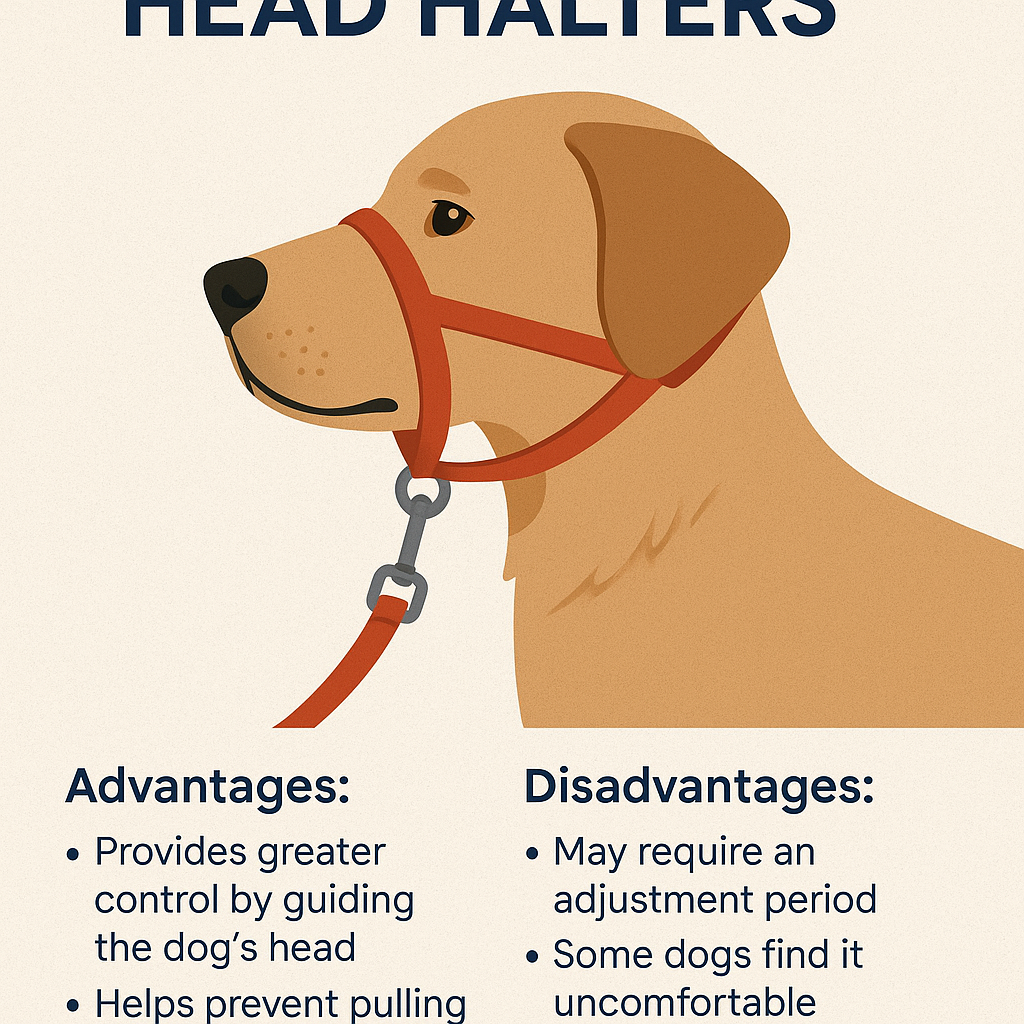
Head halters work similarly to a horse’s halter, with straps that fit around the dog’s muzzle and behind the ears. When the dog pulls, the design gently redirects their head toward the owner, reducing forward momentum and providing greater control over strong, energetic dogs.
Advantages:
Effective for large, powerful dogs that pull excessively.
Provides strong control without putting direct pressure on the dog’s throat.
Useful during training sessions for teaching dogs not to lunge or pull.
Disadvantages / Cautions:
lRequires proper introduction and training, as some dogs may initially resist wearing a halter.
lNot intended for constant everyday use — best suited for supervised training and walks.
lSome customers may perceive them as uncomfortable or restrictive.
Wholesale tip: Head halters appeal to dog trainers and owners of strong, large-breed dogs. Retailers should stock a limited but targeted range in durable materials and adjustable designs. Position them as a training aid rather than an everyday collar to set realistic customer expectations.
Sizing is one of the most important factors when selecting dog collars, and retailers should know how pet owners measure their dogs so they can stock the right range of products.
Step 1: Measure the Neck
Use a soft measuring tape to measure around the dog’s neck. If a tape is not available, a simple string and ruler will work.
Step 2: Add Extra Space
To ensure comfort and safety, add a little extra length to the measurement:
lSmall breeds (under 10 lbs): add 1 inch
lMedium breeds (10–50 lbs): add 2 inches
lLarge breeds (over 50 lbs): add 3 inches
This extra space prevents the collar from being too tight, while keeping it secure enough to avoid slipping off.
Step 3: Apply the Two-Finger Rule
After adjusting the collar, pet owners should be able to slide two fingers comfortably between the collar and the dog’s neck.
If it’s too tight to fit two fingers → the collar may restrict breathing.
If it’s loose enough for more than two fingers → the dog may slip out.
Two fingers comfortably → the fit is just right.
Wholesale tip: Retailers should always stock a full range from XS to XL, as sizing needs vary across breeds. Puppies and small breeds often require frequent replacements, while medium and large collars make up the bulk of everyday sales.
“For a more detailed breed-by-breed neck size chart, see our previous guide on dog collar fitting.”
Types of Dog Leads for Wholesale
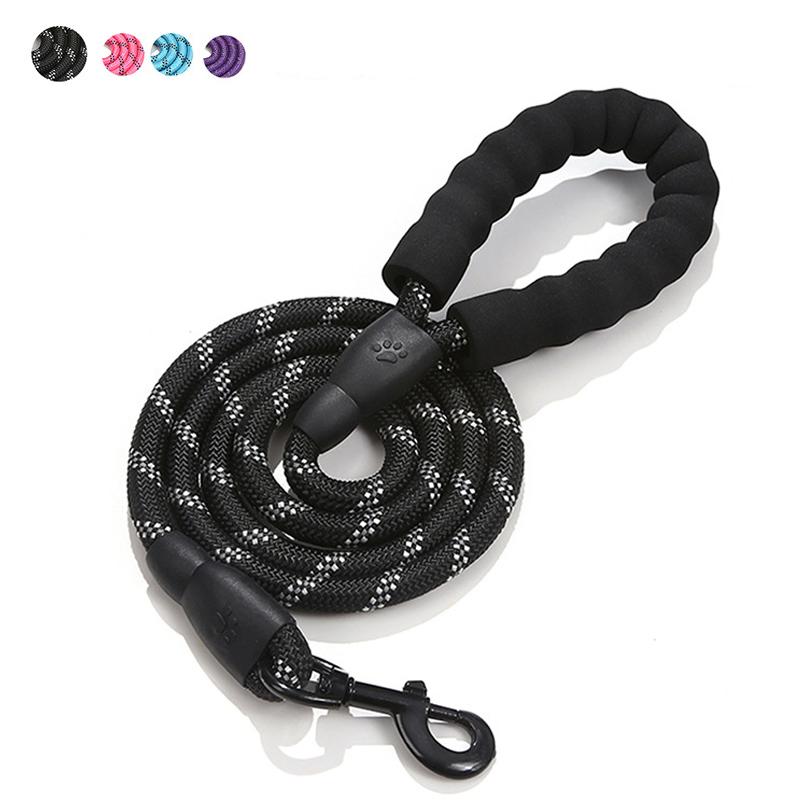
Core Use: The pet parent holds a non-slip handle and naturally controls the leash to keep the dog within a safe 1–2 meter range. The leash length is fixed, with no extra adjustments required — easy for beginners to use.
Best for: High-frequency daily walks, such as quick strolls around the neighborhood in the morning or evening, post-meal walks in the park, or casual city errands (like convenience store runs or picking up packages). Especially suitable for excitable dogs that need quick corrections.
Key Advantages:
lExtremely simple to use, even for first-time dog owners.
lShort length (1–2 meters) allows immediate control of sudden behaviors (lunging at strangers, chasing cats), while still giving the dog freedom to move safely.
lLightweight design makes it comfortable for long periods of holding.
Tips: Keep the leash slightly loose while walking to avoid constant pulling on the dog’s neck. For dogs that pull hard, choose leashes with anti-pull features.

Core Use: Equipped with an automatic retraction system, owners control the length by pressing a button (usually with “lock,” “unlock,” and “slow retract” functions). Standard retractable leashes extend 5–8 meters, allowing freedom without manual adjustments.
Best for: Open, hazard-free areas such as wide fields, empty beaches, large enclosed parks, or dog-friendly activity zones. Ideal for pet owners who want to give their dogs more freedom to explore safely.
Key Advantages:
lAdjustable length offers both freedom and safety — dogs can roam within range while owners quickly lock or retract in case of danger.
lAutomatic retraction reduces tangling and makes storage easy.
Core Use: A single leash with two ends (often with rotating clips to prevent tangling) attaches to two dogs’ collars or harnesses, with the owner holding one central handle. Some designs allow adjustable length on each side to adapt to different walking paces.
Best for: Multi-dog households for everyday walks in neighborhoods or parks. Also suitable for open, safe spaces like fields or dog activity areas where two dogs can interact and play freely under control.
Key Advantages:
lOne leash controls two dogs, reducing the need to carry multiple leashes and preventing tangling.
lSaves time and effort, especially for solo owners walking two pets at once.
lHelps maintain appropriate distance between pets, reducing pulling or conflicts.
Each type of dog leash serves a different purpose:
Standard dog leashes are best for everyday city walks and first-time pet owners.
Retractable leashes are ideal for open, safe environments where dogs can explore freely.
Dual leashes simplify walking two dogs at once, making them perfect for multi-pet households.
Wholesale tip: Retailers should stock a balanced mix of these leash types to meet diverse customer needs. Standard leashes should form the bulk of inventory due to their universal demand, while retractable and dual leashes can be offered as premium or specialty options to increase upsell opportunities.
When sourcing wholesale dog collars and leads, focus on essentials: MOQ (usually 100–500 pcs per style), material options (nylon, leather, metal), and certifications like CE or REACH to meet global standards. Offer customization (logo, colors, packaging) to strengthen brand identity, and keep an eye on trends such as reflective, eco-friendly, or smart GPS collars to stay competitive.
Stocking the right collars and leads means more than variety — it builds trust, safety, and repeat sales. By understanding sizes, materials, and emerging trends, and working with reliable suppliers, retailers can create a product line that balances essentials with innovation.
Ready to expand your product line? Contact MinardiPets today to explore wholesale solutions tailored to your brand.